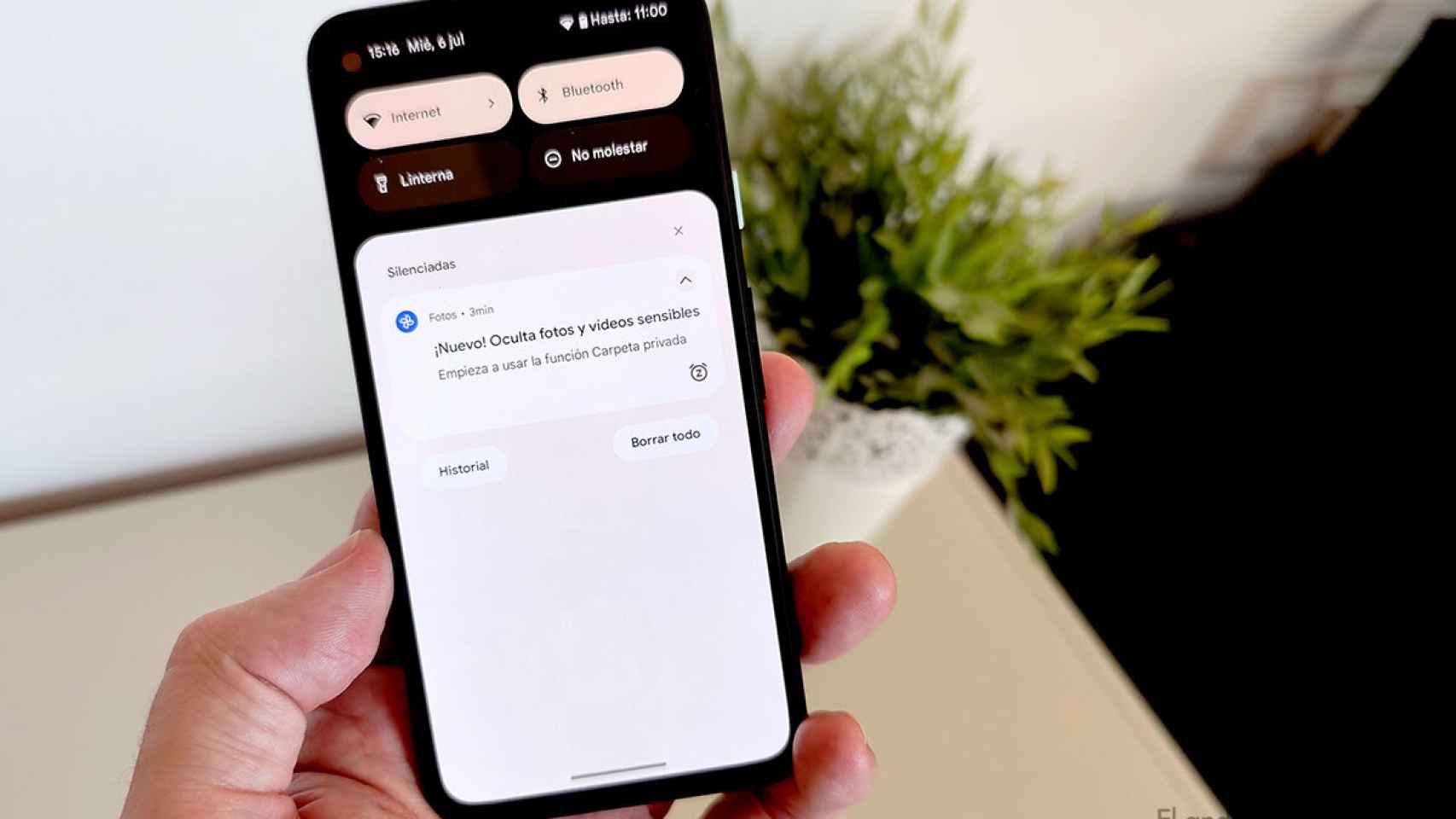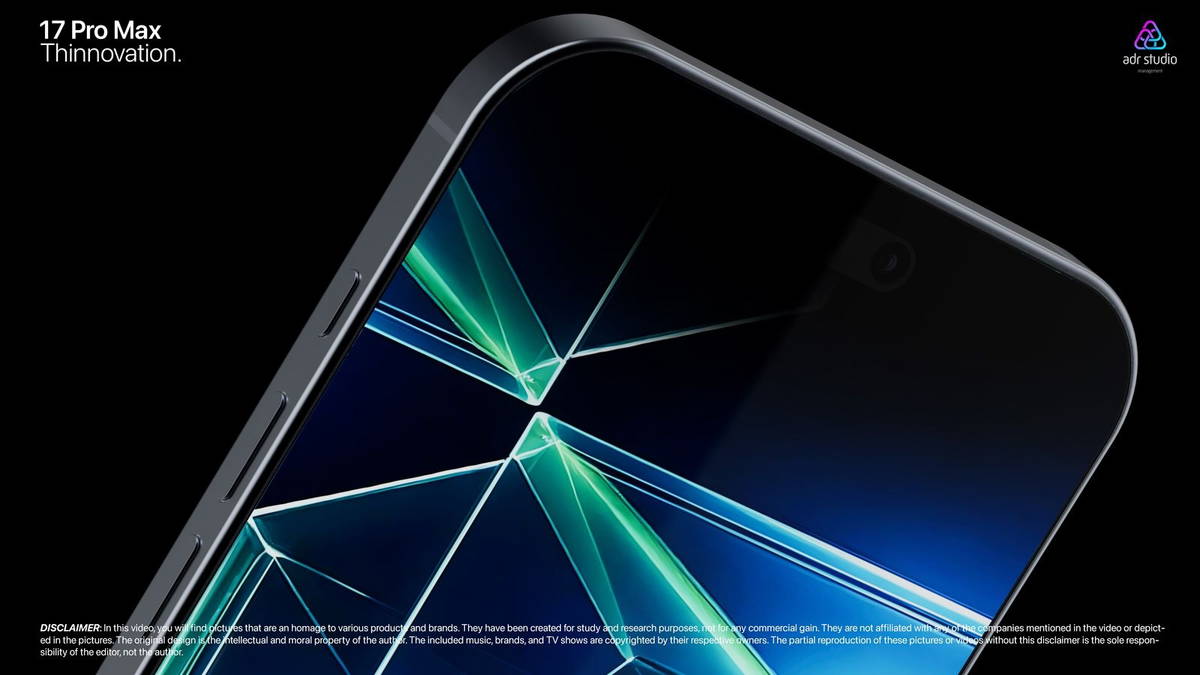The roadmap of TSMC, responsible for manufacturing iPhone chips, until 2027 has been disclosed.

TSMC, Taiwan semiconductor manufacturing company, is the company responsible for manufacturing all Apple chips. From the A series used by iPhones to the M series used by Macs and iPads, including the S series of Apple Watches. TSMC is a pioneer in chip manufacturing, which has allowed Apple to be the first company to use 3nm technology in A17 Pro chip on iPhone 15 Pro and iPhone 15 Pro Max
But the company will continue to evolve its technology and its future plans have been disclosed. Plans involving a 2nm chip in the iPhone 17 and a chip of only 1.4 nm which could equip the iPhone 19. A theoretical “A21 Pro”, if Apple doesn’t change the name first.

The A17 Pro is the world’s most advanced smartphone chip
These are the nm of Apple iPhone chips
After TSMC showed its future plans, we can practically know the technologies that Apple will use in the next iPhone chips. Next year, the iPhone 16 will retain a 3nm chip but with an improved process called N3E. Then the iPhone 17 and 18 will use 2nm chips until 2027, when we’ll see a 1.4nm chip in the theoretical iPhone 19 Pro.
- iPhone XR and XS (2018): A12 Bionic (7nm, N7)
- iPhone 11 and 11 Pro (2019): A13 Bionic (7nm, N7P)
- iPhone 12 and 12 Pro (2020): A14 Bionic (5nm, N5)
- iPhone 13 and 13 Pro (2021): A15 Bionic (5nm, N5P)
- iPhone 14 Pro (2022): A16 Bionic (4nm, N4P)
- iPhone 15 Pro (2023): A17 Pro (3nm, N3B)
- iPhone 16 Pro (2024): “A18” (3nm, N3E)
- “iPhone 17 Pro” (2025): “A19” (2nm, N2)
- “iPhone 18 Pro” (2026): “A20” (2nm, N2P)
- “iPhone 19 Pro” (2027): “A21” (1.4nm, A14)
Each new node created by TSMC outperforms its predecessor in terms of Transistor density, performance and efficiency. This means that the power of Apple’s chips improves every year even if they stay at the same nm.
These technologies are also used in other Apple chips. Apple Silicon’s M1 series is based on the A14 Bionic and uses TSMC’s N5 node, the M2 series uses N5P, and the new M3 chips use N3B. Apple Watch chips also use these manufacturing processes, the S4 and S5 use the N7 node, the S6, S7 and S8 chips use N7P, and the latest S9 chip uses N4P.








